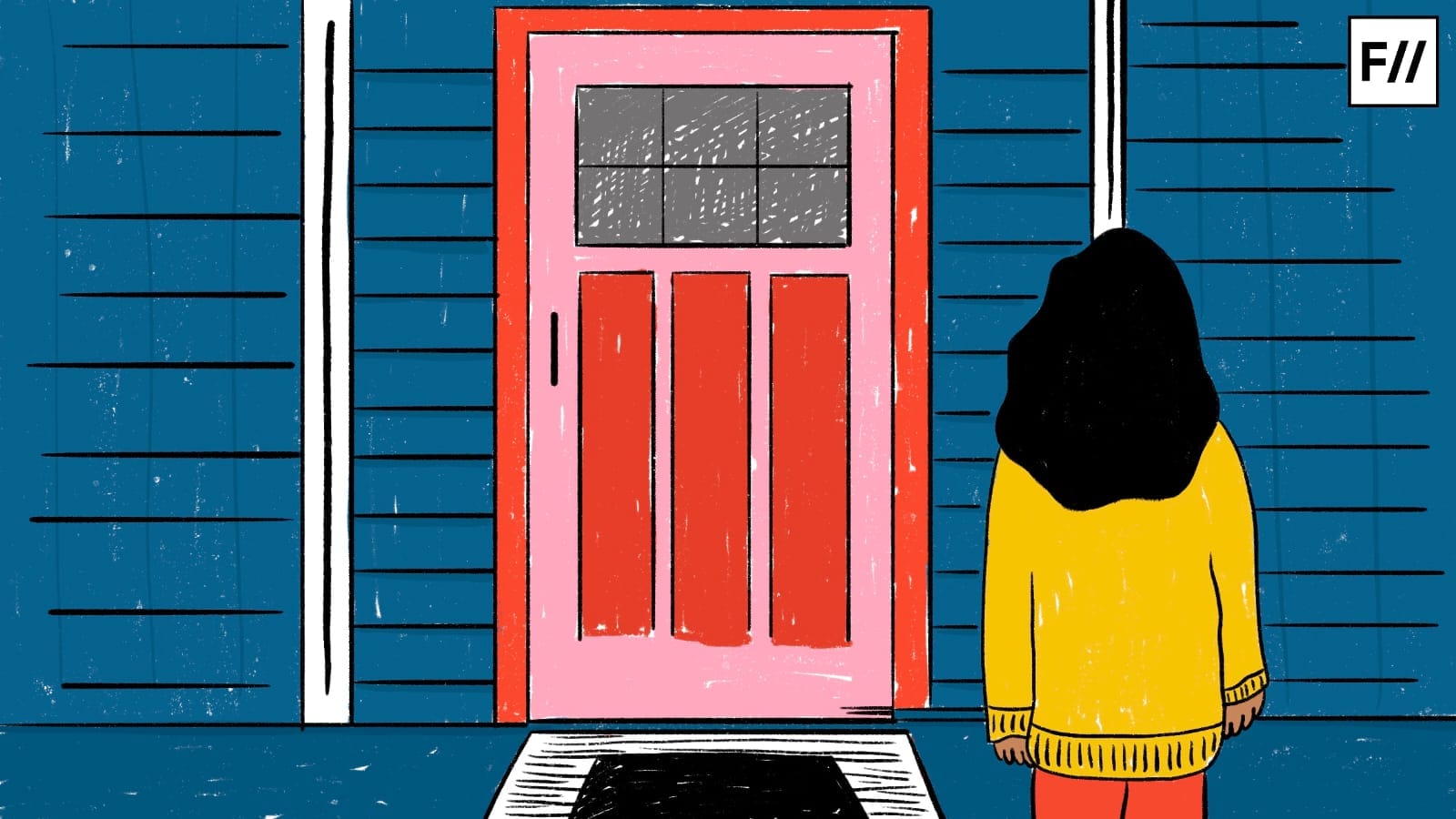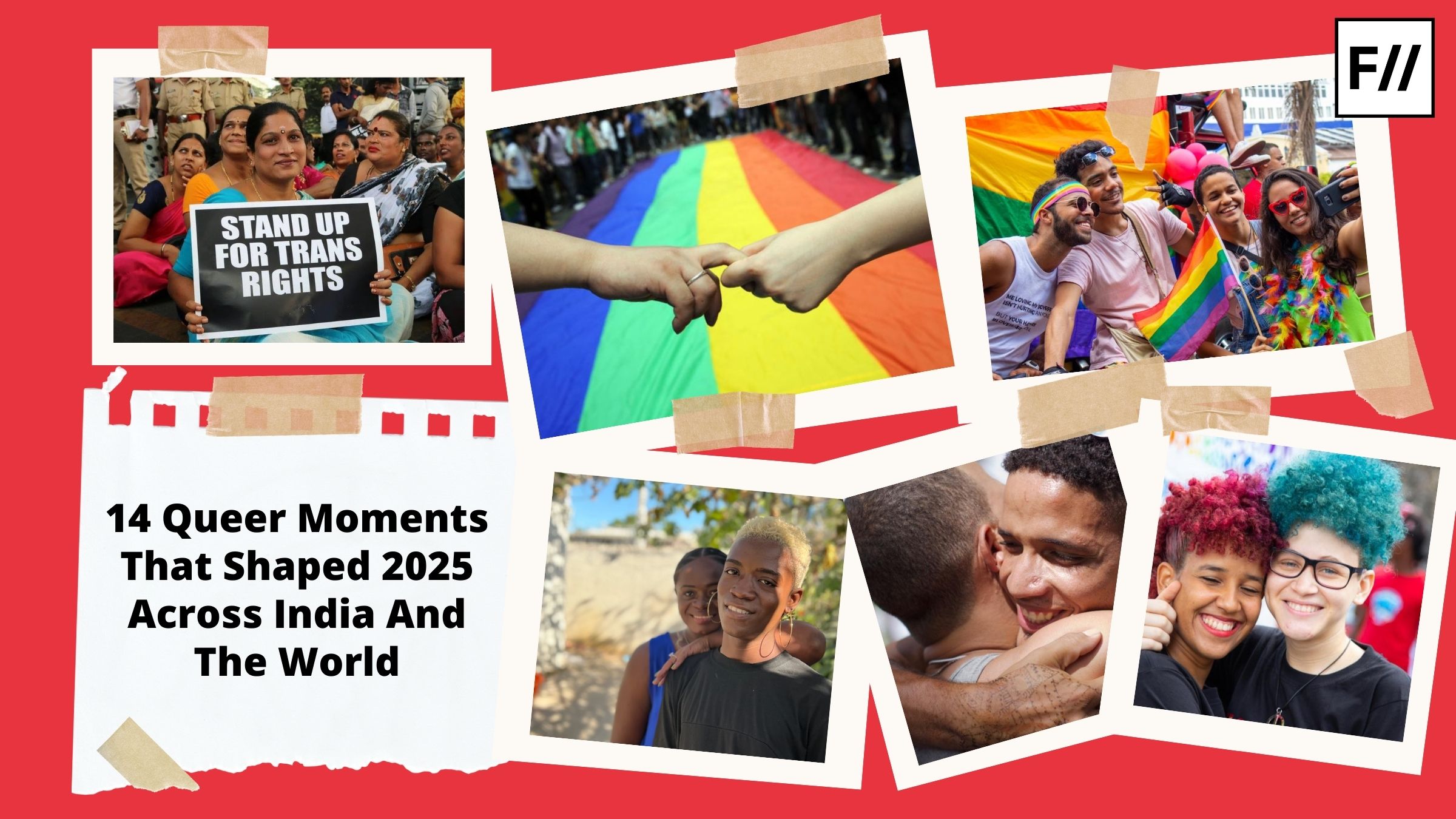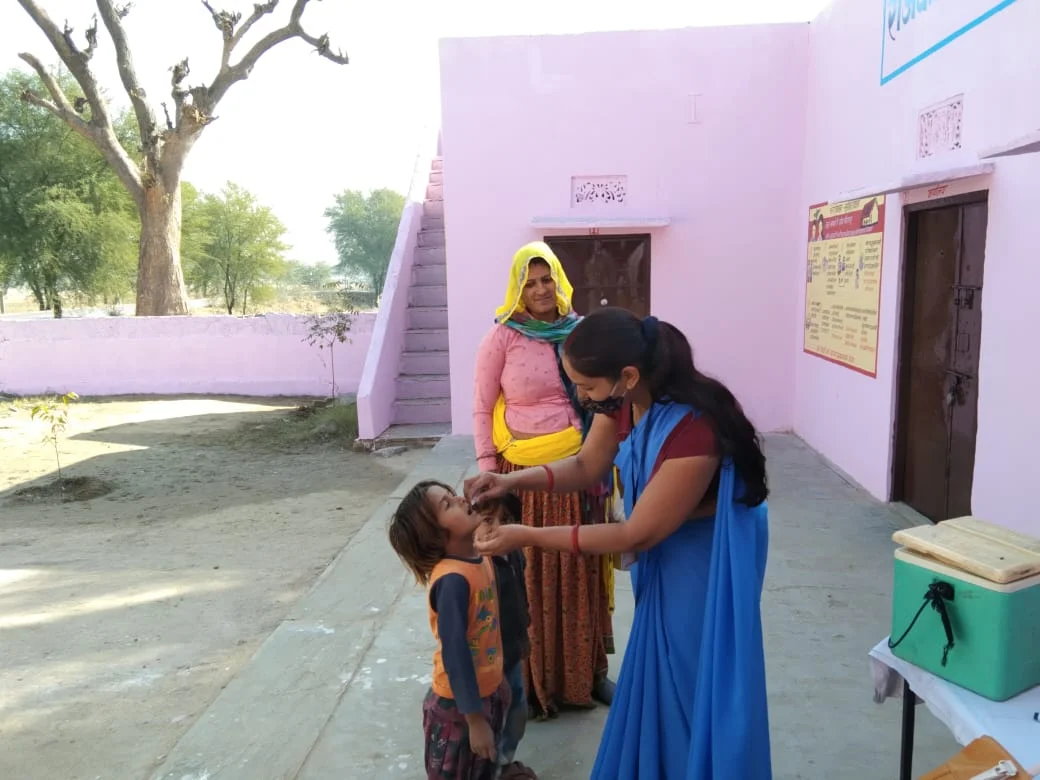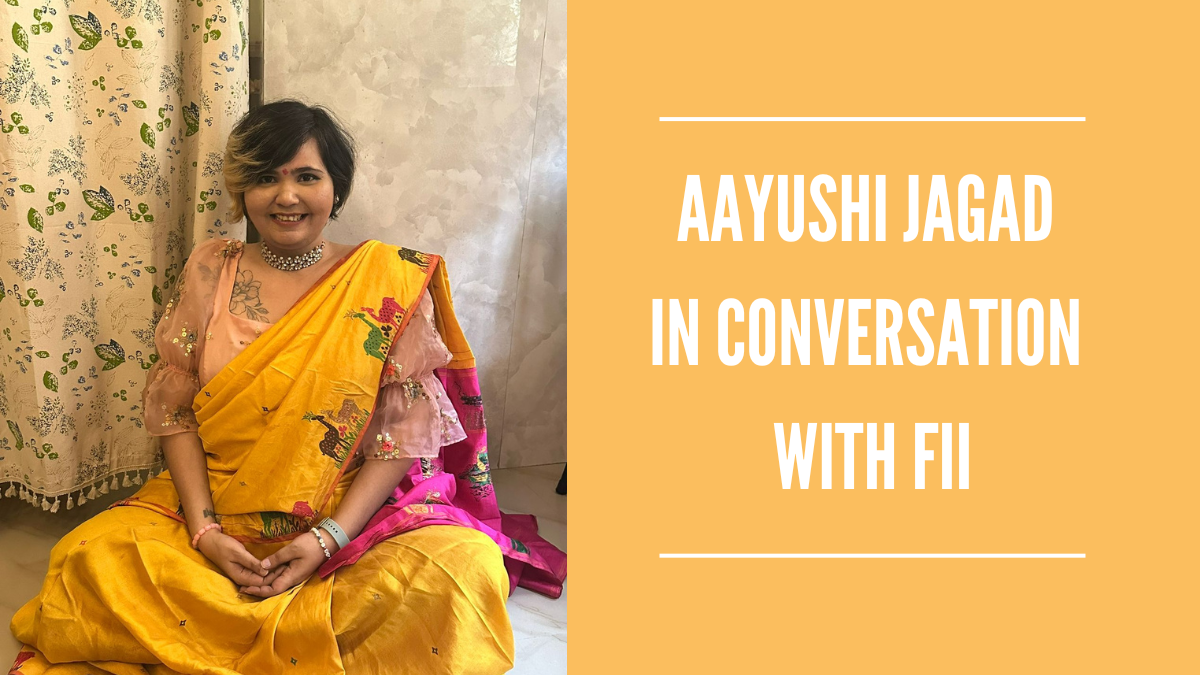Santa Khurai v. Union of India and Ors represents a historical case which could undo years of discriminatory segregation of trans persons, gay men, and sex workers in the realm of blood donation. The blanket ban on blood donation stems from a collective trepidation over the transmission of HIV and AIDS, placing the aforementioned groups of people in extreme anxiety-inducing situations during a personal healthcare crisis.
The bans were first established during the AIDS epidemic in the West, and other countries followed suit. When screening blood, earlier, was not a possibility, the disadvantaged groups were singled out due to their stigmatised status, and were prevented from donating blood. An altruistic act in itself, there’s more than what meets the eye. Rather than placing frameworks for people who engaged in anal sexual relations, the policies banned gay and bisexual men, altogether.
As stated by Judd David Flesch, MD, the policies debarring certain groups by outlining their sexual orientation and not enforcing frameworks debarring all those who engaged in a certain behaviour, were discriminatory and not “evidence-based”. Since the detection of AIDS, medical sciences and social sciences have made progressive inroads, which only reinforces the fact that the places where such bans are still in place, including India, the policy-makers are reluctant to invest in decisions, due to the perception that it affects certain “minorities”, only.
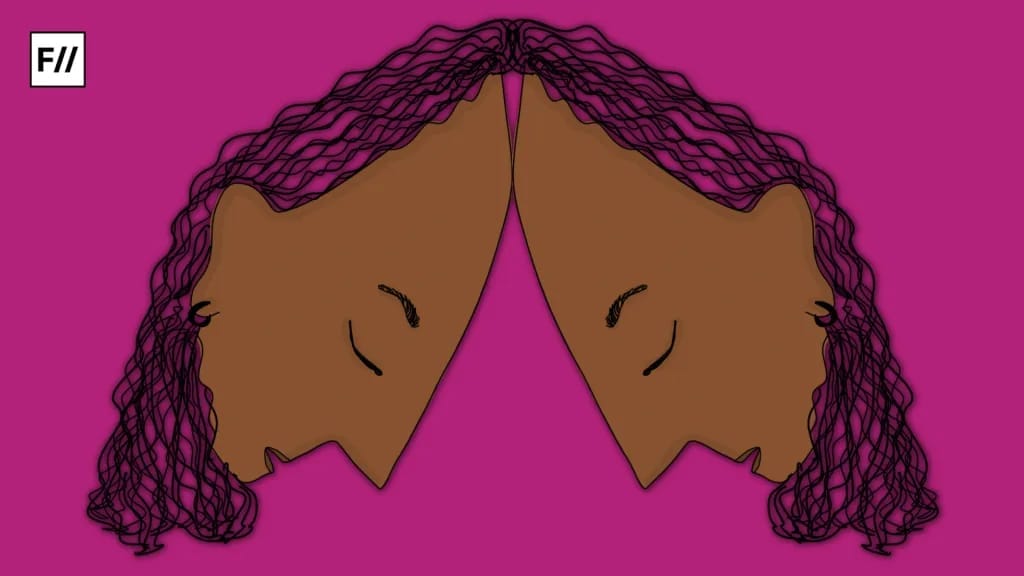
Santa Khurai, a trans-feminist activist from Manipur had filed for a petition as a public interest litigation (PIL) to challenge the constitutional validity of the clauses, 12 and 51, of the Guidelines on Blood Donor Selection and Blood Donor Referral. A recent hearing of the case was welcomed by them, as evident from their social media post, which read, ‘I am happy to hear the positive statement delivered today by the honorable Supreme Court bench. I leave my faith in the judiciary to uphold the rights and dignity of our queer and trans family‘.
A healthcare perspective on the blanket ban on blood donation
When FII reached out to Dr. Tirthankar Guha Thakurta, a healthcare professional and a LGBTQIA+ rights activist, he said, ‘Over the years, law and medicine have museumised queer individuals as “specimens” of perversion and STIs, despite heterosexual intercourse being the most dominant mode of spread of HIV infection in India, statistically‘.
He has also outlined a simple policy that could be implemented to screen donated blood routinely for HIV and STIs, irrespective of gender and sexuality. He believes that it is not difficult to put such procedures in place unless one is restricted by “phobic” mindsets.
The 2017 guidelines were seemingly designed to put the best transfusion services, with the lowest possible risks, into play. The Centre had filed an affidavit, as a reply to the petition, mentioning the need for a robust blood transfusion system, which could be the backbone of the country’s public health system. The centre wanted to look into the matter through the lens of “public health perspective” and not “individual rights”. This essentially removed the “queer public” from “public health” and placed the healthcare needs on the individuals’ hands.
The Centre had gone on similar diatribes when referring to the cases of marital equality, shifting their focus towards majoritarian values.
With the historical contention of non-normative sexuality being a “private affair”, the Centre’s reply reinforced the same narrative, pushing the non-normative within the threshold of their houses, making their health a matter to be solved within closed doors and that their needs do not reflect the majoritarian needs. The Centre had gone on similar diatribes when referring to the cases of marital equality, shifting their focus towards majoritarian values.
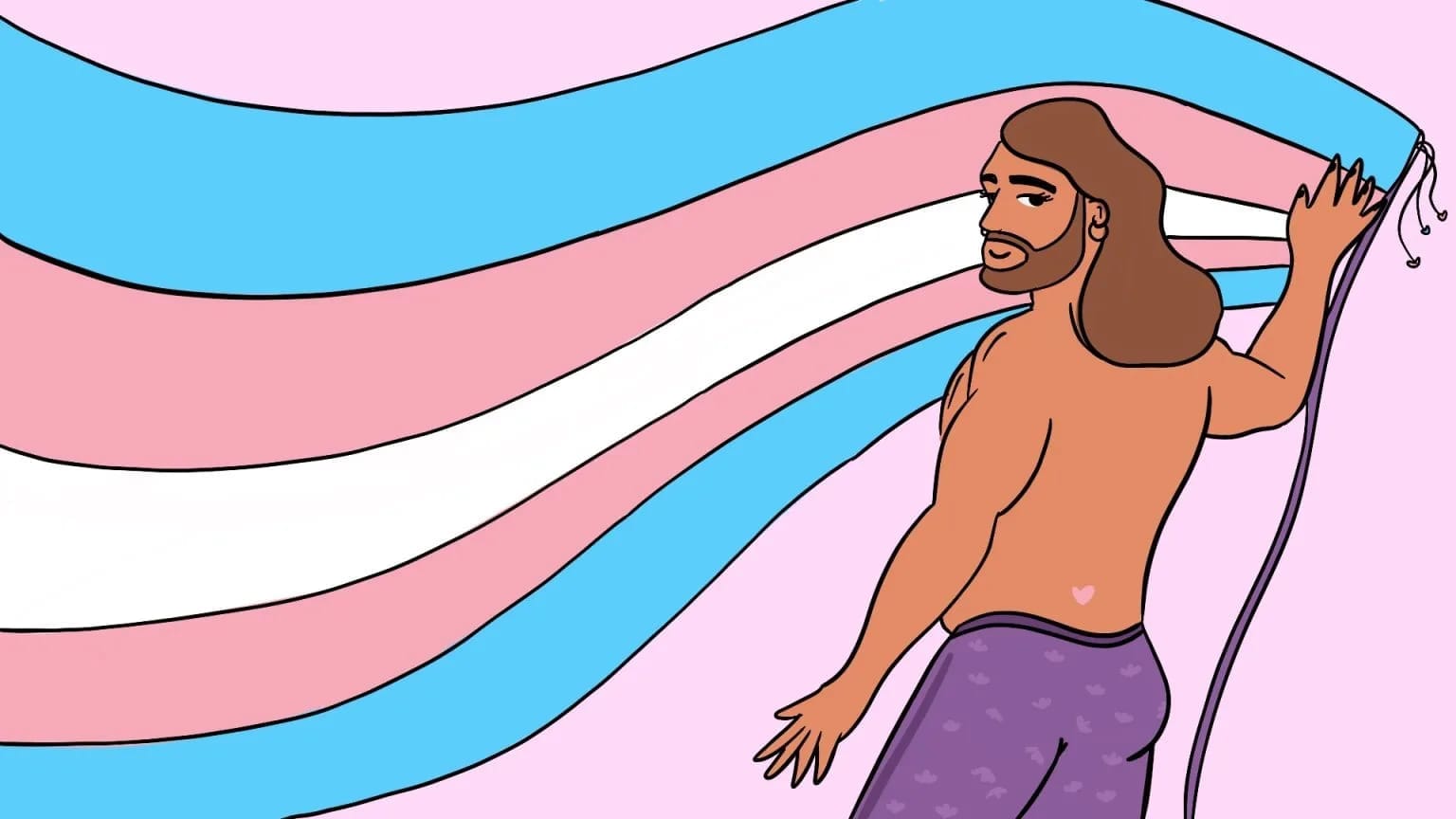
Thus, the Centre’s reluctance towards inclusive blood donation practices reeks of institutionalised homophobia and transphobia. Tirthankar Guha also pointed towards the homophobic and transphobic curriculum that are meted out in medical academia, which re-iterate a majoritarian value system.
What does social science say about it?
Shuvojit Moulik, a scientist by profession and founder of Civilian Welfare Foundation, a non-governmental organisation (NGO), based in Kolkata, that works towards trans-inclusive healthcare practices, recalled the ordeals that they have been facing since 2012. Their campaign “Just Blood” focused on creating a repository to help children suffering from Thalassemia.
Through blood donation campaigns, they’ve tried to include trans people into the donation drive, yet some, who could not break through their caste-class marginalised status, were shoo-ed away. The blood banks, as Shuvojit recalls, were strongly repugnant to the idea that transgender people should be allowed to donate blood, since they “could” bring in different diseases, contaminating it. Thus, transgender people were being reduced to a “diseased” body, irrespective of their actual health status.
Labeling theory is often used while studying criminology, which posits an understanding into the symbols and language that contribute to the internalisation of the stigma attached to the label being used to address the individual. Therefore, when transgender individuals are being reduced to a “diseased” body by the guidelines, it might give rise to an internalisation of the society’s negative attitudes towards them, proliferated by such exclusionary guidelines.
Therefore, when transgender individuals are being reduced to a “diseased” body by the guidelines, it might give rise to an internalisation of the society’s negative attitudes towards them, proliferated by such exclusionary guidelines.
In 2017, when they started working on a project, associated with the United Nations (UN) to understand exclusionary practices in clinical settings, it was found that some individuals were unable to donate blood to their closest kin. Even if they were allowed to donate elsewhere, hospitals were strictly against the practice, noted Shuvojit. These are not some standalone cases; a doctor from Manipur, Beoncy Laisharam, recounted the incident where a transgender daughter was unable to donate blood to her father, during his illness. He had passed away two days after he was brought in.
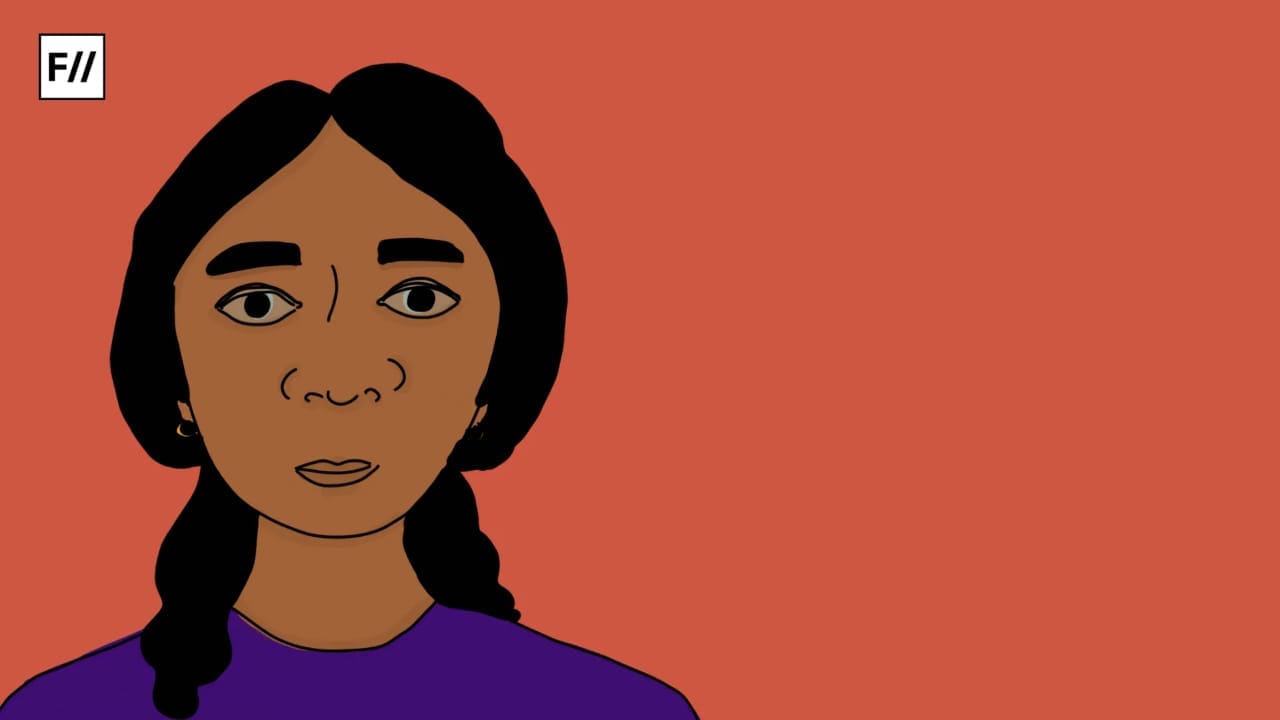
These cases reiterate the fact that it was never about one’s “individual rights” but for the collective citizenry who were actively excluded from not only decision making processes but also neglected from policies and frameworks. The two clauses of the guidelines were taken to court since they violate Article 14, 15, and 21 of the Constitution of India, 1950. The clauses of the guidelines referred to above, make generalised presumptions about a population without evidence. It is time that we move away from majoritarian morality and focus on constitutional morality since it grants citizens equal rights in the eyes of law.
